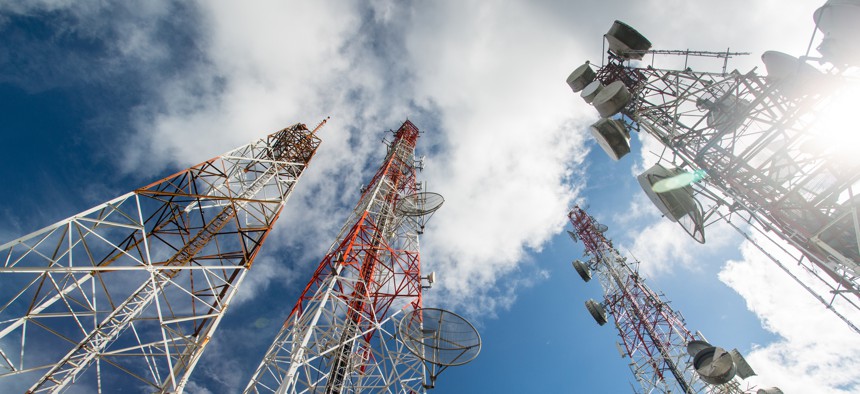NextGen TV, pagers transmit enhanced emergency data to responders

ShutterOK/Getty Images
A field test of digital broadcast TV and prototype pagers is giving responders across North Carolina access to audio, images, video and GIS data.
First responders in North Carolina are testing pagers that use public television broadcasting technology to receive emergency data–even multimedia files–and communicate with other responders across the state.
A group of public and private-sector partners has developed a nationwide, standardized and interoperable digital emergency paging system that transmits voice, data, images, video and GIS over NextGen TV, or the ATSC 3.0 public broadcasting standard for digital broadcasting. Partners include PBS North Carolina, technology engineering company Device Solutions, broadcast media company Triveni Digital and the Wireless Research Center of North Carolina.
Responders currently use analog radio and cellular emergency dispatch infrastructure that is often outdated and unable to communicate across departments and jurisdictions, due to each public safety agency’s unique infrastructure and devices. These legacy systems also don’t have the bandwidth to support the multimedia communications increasingly being used in the field, challenging first responders to get the information they need to resolve emergency situations efficiently, according to a March 23 statement from the Department of Homeland Security’s Science and Technology Directorate, which funded the prototype.
The new paging system leverages IP-based ATSC 3.0, which enables the datacasting of multiple applications—including television programs—without interference, according to Chris Lamb, CEO of Device Solutions.
ATSC 3.0 also supports single-frequency networks and scalable bandwidth for increased coverage, he said. These capabilities are vital for responders working in areas with spotty communications access such as coastal regions or mountainous areas, according to Director Of Product Technology Strategy at Device Solutions Tony Sammarco.
When an emergency call reaches a dispatch center, computer-aided dispatch data is forwarded to a data normalization server provided by Device Solutions, which is hosted at a separate, secure facility, Sammarco said. The server will “boil down” CAD data into a standard format and send the information through a set of APIs to Triveni Digital’s transport encoder for broadcast.

The normalization server can also supplement paging data with additional information such as traffic conditions, building plans and GIS for increased situational awareness, he added in an email.
The responders’ prototype paging device can either be a standalone receiver for pagers or a receiver that pairs via Bluetooth to a smart device to receive multimedia data. The system can reduce transmission latency as well as the upgrade and ownership costs associated with older systems, Sammarco said.
While responders can filter alerts to their specific agencies, the ATSC 3.0 broadcast system also supports statewide paging. “If there’s a national emergency, all the pagers across the state of North Carolina will be receiving that national emergency page instead of having to go through all the individual, separate emergency broadcast systems,” he said.
North Carolina’s digital paging project was funded through a 2021 award from the DHS Science and Technology Directorate’s Small Business Innovation Research program.






